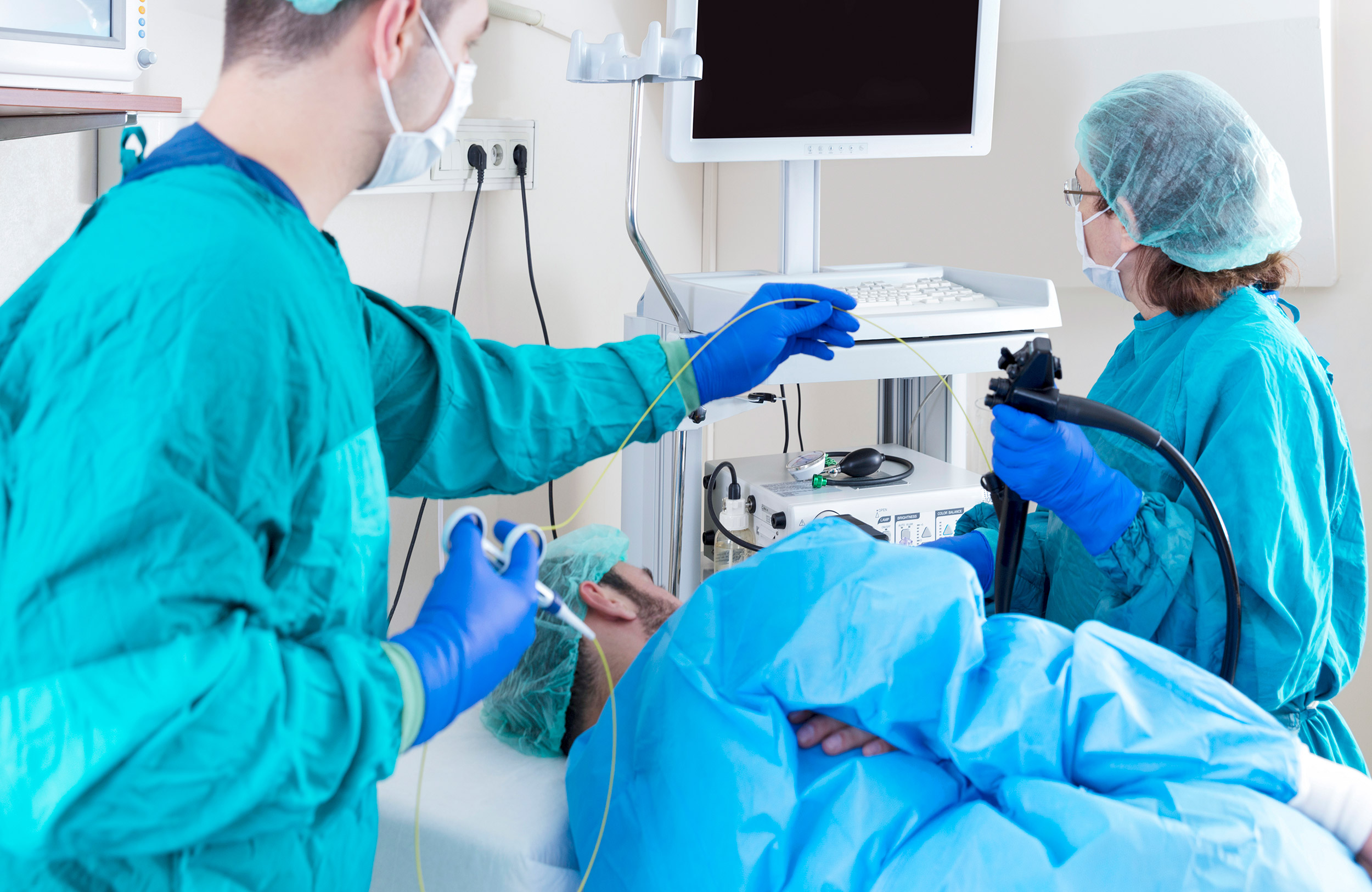
Five patients suffered from Pseudomonas-related illnesses transmitted by a contaminated gastroscope in a previously undetected outbreak at the University of Pittsburgh.
This is according to a study conducted by Alexander J. Sundermann, Jieshi Chen, James K. Miller, and others published in Clinical Infectious Diseases in December 2020.
A new monitoring system, called the Enhanced Detection System for Healthcare-Associated Transmission (EDS-HAT), identified the missed Pseudomonas outbreak using a combination of whole genome sequencing (WGS) and electronic health record (EHR) analysis.
The timing of the outbreak was not disclosed in the study, though the five patients were reportedly infected over an eight-month span. The full study analyzed data from November 2016 to May 2019.
Based on the data collected, the authors concluded that EDS-HAT, if adopted widely in the future, “has the potential to increase patient safety substantially, decrease healthcare costs, and change the paradigm for outbreak detection and investigation in hospitals.”
Traditionally, tracking down the source of a hospital-acquired infection is labor intensive and time consuming.
Sundermann and others began developing an alternative — the EDS-HAT — to create an automated, and potentially more accurate, monitoring system. EDS-HAT combines WGS surveillance, referring to the regular sequencing of cultures collected from hospitalized patients, and an analysis of EHR data relating to patient procedures and care.
The system can quickly determine commonalities in the genetic makeup of infectious agents affecting several patients and any hospital equipment used with those patients. That in turn can lead to swift identification of the infection source.
The December 2020 study was meant to be a retrospective analysis of two and half years of reported outbreaks to test EDS-HAT's efficacy. But researchers also discovered a previously missed outbreak.
While hospital-acquired infections are considered rare, they are linked to flexible endoscopes more than any other medical device. And some experts believe the numbers are underreported due to poor surveillance and tracking.
Studies have previously connected outbreaks — including those of Pseudomonas aeruginosa — to flexible bronchoscopes, duodenoscopes, and cystoscopes. This is only the second study to trace an outbreak back to a contaminated gastroscope.
This retrospective analysis showed that EDS-HAT could have identified a particular gastroscope as the source of Pseudomonas infection for five patients during an 8-month span. In fact, since EDS-HAT would have only needed data from the first two patients to present positive cultures for the organism to determine the source of the outbreak, the gastroscope would have been removed from the clinical rotation before the remaining three patients were infected.
Study authors estimate EDS-HAT, working in real time in this scenario, could have saved up to $50,370 in costs.
Among the study's limitations, the researchers only searched for Pseudomonas in the retrospective analysis. Also, transmission events during the study period may have been missed because patient records did not include a patient culture or a suggestion that a patient was suffering from a hospital-acquired infection.


